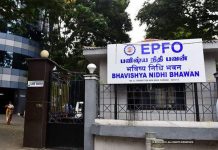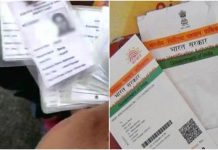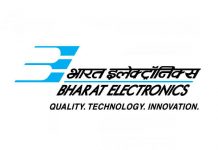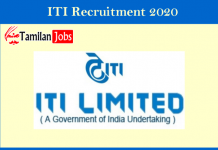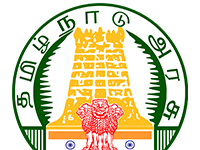Non-CTS cheques used by customers of all banks including State Bank of India (SBI), HDFC Bank, ICICI Bank, Bank of Baroda, Punjab National Bank and others will become invalid from January 1.

Non-CTS cheques used by customers of all banks including State Bank of India (SBI), HDFC Bank, ICICI Bank, Bank of Baroda, Punjab National Bank and others will become invalid from January 1. India’s largest public lender State Bank of India (SBI) has told its customers that they will no longer be able to use non-CTS cheques from December 12. SBI customers will also not be able to get payments from cheques of non-CTS cheques of other banks. SBI has started informing customers about this update through messages.
SBI customers can deposit their non-CTS cheque in their respective branch and get free new CTS-2010 standard chequebook.
In an official notice on its website, HDFC Bank says separate sessions for clearing of non-CTS cheque will be discontinued from December 31. Similarly, in September this year, Punjab National Bank (PNB) had asked its customers to replace their non-CTS compliant cheques as they won’t be accepted for clearance in the banking system from January.
What is CTS cheque?
CTS is the abbreviated form of Cheque Truncation System. The Reserve Bank of India had issued a new guideline about CTS cheques around three months ago. As per the RBI guideline, non-CTS cheque will become inivalid from 1 January. CTS stops the flow of physical cheque. An electronic image of the instrument is presented for clearing.
What RBI says
The RBI ‘Procedural Guidelines For Cheque Truncation System’, which was published in July 2018, explains that the previous MICR cheque clearing system required the cheques to be physically moved from one place to another. “…and the time involved in their processing at various intermediate stages increases the length of the clearing cycle of cheques.”
Also, the cheques required to be presented at the branch where they were payable. The restrictions were due to the Negotiable Instruments Act, 1881 which mandated the presentation of the cheque to the drawee branch for payment.
However, the law was amended in 2002, which paved the pay for presenting electronic images of the cheques in place of the physical instrument.
The RBI says, “With suitable amendments to The Negotiable Instruments (NI) Act, 1881, The Information Technology (IT) Act, 2000 and The Bankers’ Book Evidence (BBE) Act, 1891, the legal framework was put in place for the introduction of cheque truncation and e-cheques in India.”
As per the amended law, the truncated cheque mens, ““a cheque which is truncated during the course of a clearing cycle, either by the Clearing House or by the bank, whether paying or receiving payment, immediately on generation of an electronic image for transmission, substituting the further physical movement of the cheque in writing”



